Yellow dwarf cichlid - Apistogramma borellii
Scientific name: Apistogramma borellii
Common name: Yellow dwarf cichlid
Family: Cichlidae
Usual size in fish tanks: 6 - 7 cm (2.36 - 2.76 inch)
014
Recommended pH range: 6 - 6.8
Recommended water hardness: 5 - 20°N (89.29 - 357.14ppm)
0°C 32°F30°C 86°F
Recommended temperature range: 23 - 26 °C (73.4 - 78.8°F)
The way how these fish reproduce: Spawning
Where the species comes from: South America
Temperament to its own species: peaceful
Temperament toward other fish species: peaceful
Usual place in the tank: Bottom levels
Food and Feeding
The Yellow Dwarf Cichlid (Apistogramma borellii) thrives on a varied diet, with live and frozen foods forming the bulk of their nutrition. Ideal food options include brine shrimp, bloodworms, and daphnia, which provide essential proteins and help maintain their vibrant colors. While they will accept high-quality flakes or pellets, these should be considered supplementary rather than the main part of their diet. Feeding a variety of foods helps ensure their long-term health and vitality.
Origin
The Yellow Dwarf Cichlid is native to the waterways of South America. They are most commonly found in the slow-moving rivers, streams, and floodplains of the Paraguay River basin, spanning regions of Brazil, Paraguay, and Argentina. In these habitats, the water is generally soft and slightly acidic, with abundant vegetation and leaf litter providing shelter and feeding grounds. Replicating these conditions in the aquarium can help these fish thrive.
Sexing
Distinguishing between male and female Apistogramma borellii is relatively straightforward. Males tend to be larger, with extended dorsal and anal fins, and display more vibrant coloration, especially during breeding seasons. Females are smaller, with a more muted color palette. In the presence of a dominant male, some subordinate males may exhibit less coloration to avoid confrontations, making it essential to observe behavior as well as appearance.
Breeding
Breeding Apistogramma borellii in captivity is relatively easy with the right setup. A single male should be kept with 3-4 females in a well-planted tank, as this mimics their natural harem-style breeding behavior. Females lay eggs in sheltered spaces such as caves, overturned plant pots, or even coconut shells. The female will tend to the eggs, fanning them to provide oxygen, while the male guards the territory against any intruders. Once the fry become free-swimming, they can be fed newly hatched brine shrimp or commercially available fry foods. Providing plenty of hiding spots and keeping the water clean is essential during this time.
Lifespan
The typical lifespan of a Yellow Dwarf Cichlid is between 3 and 5 years, although with optimal care, some individuals may live slightly longer. Maintaining clean water, a varied diet, and a stress-free environment will help them reach the upper end of their lifespan.
Tank Requirements
While Apistogramma borellii are peaceful fish, they do best in a well-structured aquarium with plenty of hiding places. A tank size of at least 60 liters (16 gallons) is recommended for a small group. These fish appreciate a natural environment with a fine sandy substrate, live plants, and decorations like rocks or driftwood, which can create caves for breeding and shelter. Open swimming spaces should also be included.
Water conditions are important for the health of Yellow Dwarf Cichlids. They prefer soft, slightly acidic water with a pH between 6.0 and 6.8, and water hardness between 5-20°N. Keeping the water temperature stable between 23-26°C (73.4-78.8°F) is crucial for their well-being.
Behavior and Tankmates
Although classed as peaceful, Yellow Dwarf Cichlids may exhibit territorial behavior during spawning times, especially males guarding their territory. Providing plenty of hiding spots and visual barriers in the tank can help minimize conflict. They are generally peaceful toward other fish species and make excellent tankmates for similarly sized, non-aggressive species such as tetras or other dwarf cichlids.
When choosing tankmates, avoid aggressive or much larger species that may stress or harm them. Yellow Dwarf Cichlids are also well-suited to community tanks, provided the water conditions and tank size are appropriate.
Short Description
The Yellow Dwarf Cichlid (Apistogramma borellii), also known as the Umbrella Cichlid, is a small, colorful species from South America. Known for their peaceful temperament, they are a popular choice among aquarists due to their manageable size and ease of breeding. However, they can become territorial during spawning, especially if not given sufficient space and hiding spots. These fish are best suited for planted aquariums with soft, slightly acidic water, where they can thrive in a stable, well-maintained environment.
Pictures
Thanks to Alberto Villarroya for pictures. Other pictures were bought by aqua-fish.net from jjphoto.dk.










 Thread-finned
Thread-finned  Acara
Acara 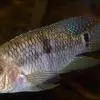 Yellow
Yellow 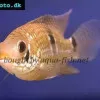 Patrick's
Patrick's  Blue
Blue 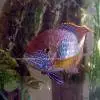 Green
Green  Acara
Acara  White
White  Compressed
Compressed 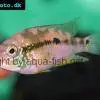 Pastel
Pastel 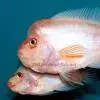 Midas
Midas 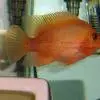 Red
Red 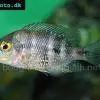 Bluemouth
Bluemouth  False
False  African
African 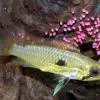 Agassiz's
Agassiz's  Banded
Banded 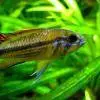 Cockatoo
Cockatoo 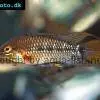 Blue
Blue  Blackstripe
Blackstripe 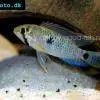 Highfin
Highfin 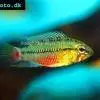 Redstripe
Redstripe  Threadfinned
Threadfinned 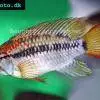 Macmaster’s
Macmaster’s 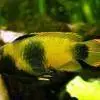 Panda
Panda 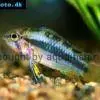 Norbert’s
Norbert’s 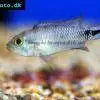 Blue
Blue 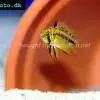 Thin-line
Thin-line 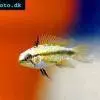 Three-striped
Three-striped  Viejita
Viejita  Flier
Flier 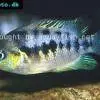 Archocentrus
Archocentrus 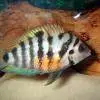 Convict
Convict 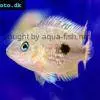 Seven
Seven 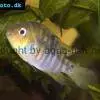 Blue-eye
Blue-eye 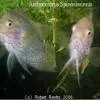 Spiny
Spiny  Oscar
Oscar 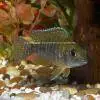 Sunshine
Sunshine 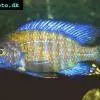 Chitande
Chitande  Firebird
Firebird 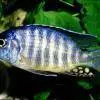 Midnight
Midnight 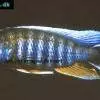 Lake
Lake  Sunshine
Sunshine 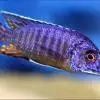 Aulonocara
Aulonocara 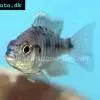 Nyasa
Nyasa  Ruby
Ruby  Grants
Grants 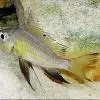 Aulonocranus
Aulonocranus 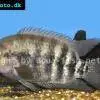 Chameleon
Chameleon 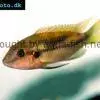 Benitochromis
Benitochromis  Orinoco
Orinoco 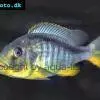 Yellow
Yellow  Brichard’s
Brichard’s 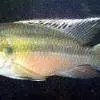 Guenther’s
Guenther’s 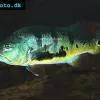 Cichla
Cichla 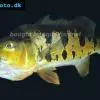 Peacock
Peacock 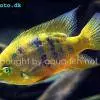 Chiseltooth
Chiseltooth 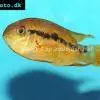 Bolivian
Bolivian 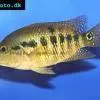 Red
Red 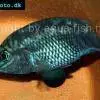 Many-pointed
Many-pointed  Jack
Jack 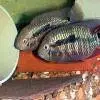 Red
Red  Yellow
Yellow 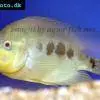 Three
Three 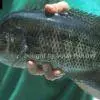 Mayan
Mayan 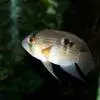 Keyhole
Keyhole  Azureus
Azureus 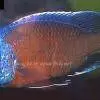 Red
Red 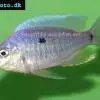 Jackson’s
Jackson’s  Crenicichla
Crenicichla  Honduran
Honduran 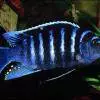 Afra
Afra  Frontosa
Frontosa  Slender
Slender  Malawi
Malawi  Chequerboard
Chequerboard  Checkerboard
Checkerboard 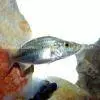 Malawi
Malawi  Ectodus
Ectodus 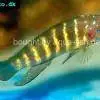 Tanganyika
Tanganyika  Canara
Canara 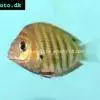 Green
Green 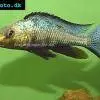 Rostratus
Rostratus 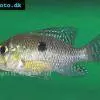 Pearl
Pearl  Geophagus
Geophagus  Yellowhump
Yellowhump 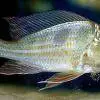 Suriname
Suriname  Redhump
Redhump 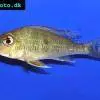 Red
Red  Dority’s
Dority’s 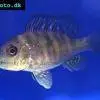 Argentine
Argentine 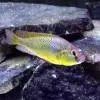 Burton’s
Burton’s  Victoria
Victoria  Haplochromis
Haplochromis 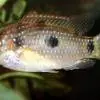 Jewel
Jewel 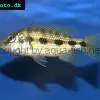 Banded
Banded  Lifalili
Lifalili 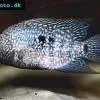 Lowland
Lowland 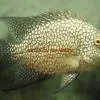 Texas
Texas 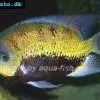 Pantano
Pantano 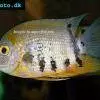 Severum
Severum 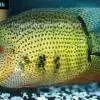 Banded
Banded  Severum
Severum  Rainbow
Rainbow  Parrot
Parrot  Chocolate
Chocolate 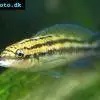 Brown
Brown 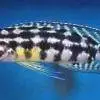 Marlieri
Marlieri  Golden
Golden 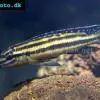 Striped
Striped  Masked
Masked 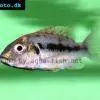 Konye
Konye 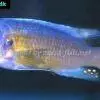 Blue
Blue 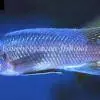 Trewavas
Trewavas  Electric
Electric  Dwarf
Dwarf 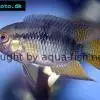 Redbreast
Redbreast  Lamprologus
Lamprologus  Gold
Gold 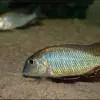 Greenface
Greenface 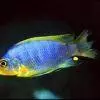 Aurora
Aurora  Blue
Blue  William’s
William’s 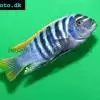 Zebra
Zebra 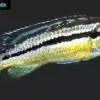 Malawi
Malawi 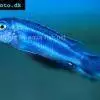 Blue
Blue  Blue
Blue 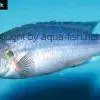 Mbuna
Mbuna 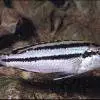 Parallel
Parallel 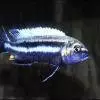 Purple
Purple 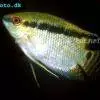 Flag
Flag 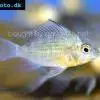 Bolivian
Bolivian 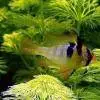 Ram
Ram 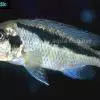 Basket
Basket  Haitian
Haitian 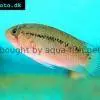 Zebra
Zebra 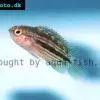 Striped
Striped 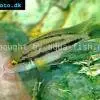 Neolamprologus
Neolamprologus 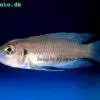 Brevis
Brevis  Fairy
Fairy 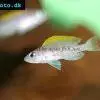 Neolamprologus
Neolamprologus 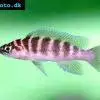 Cylindricus
Cylindricus 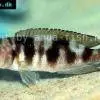 Hecq’s
Hecq’s  Neolamprologus
Neolamprologus  Lemon
Lemon  Mustax
Mustax  Daffodil
Daffodil  Six-bar
Six-bar 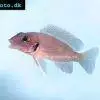 Five-bar
Five-bar  Marbled
Marbled 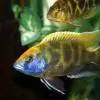 Giraffe
Giraffe 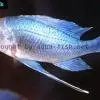 Blue
Blue  Sulphurhead
Sulphurhead 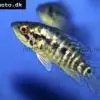 Wolf
Wolf  Jaguar
Jaguar 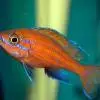 Blue
Blue  Marakeli
Marakeli 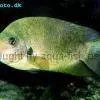 Madagascar
Madagascar  Pinstripe
Pinstripe  Pelmatochromis
Pelmatochromis 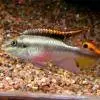 Kribensis
Kribensis  Striped
Striped 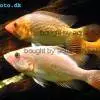 Red
Red 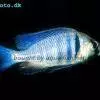 Deepwater
Deepwater 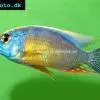 Fenestratus
Fenestratus  Nichols’
Nichols’ 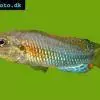 Southern
Southern  Bumble
Bumble 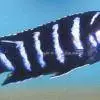 Demason’s
Demason’s  Slender
Slender 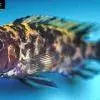 Red
Red  Mbuna
Mbuna 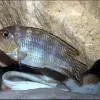 Malawi
Malawi  Kenyi
Kenyi 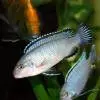 Powder
Powder 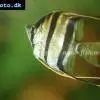 Altum
Altum  Angelfish
Angelfish  Angelfish
Angelfish  East
East  Juba
Juba  Earth
Earth 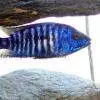 Electric
Electric  Azure
Azure 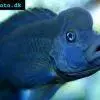 Lionhead
Lionhead  Discus
Discus  Blue
Blue 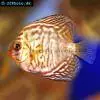 Zebra
Zebra 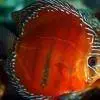 Red
Red 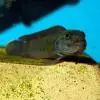 Brichard’s
Brichard’s 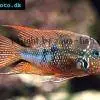 Blue
Blue  Firemouth
Firemouth 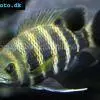 Zebra
Zebra 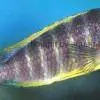 Blue
Blue 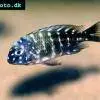 Dwarf
Dwarf 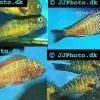 Blunthead
Blunthead 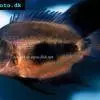 The
The 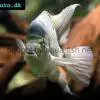 White
White 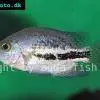 Twoband
Twoband 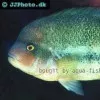 Fenestratus
Fenestratus 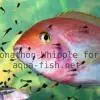 Window
Window  Southern
Southern  Tailbar
Tailbar  Black
Black 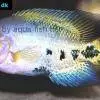 Redhead
Redhead 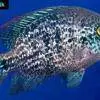 Oaxaca
Oaxaca  Xenotilapia
Xenotilapia